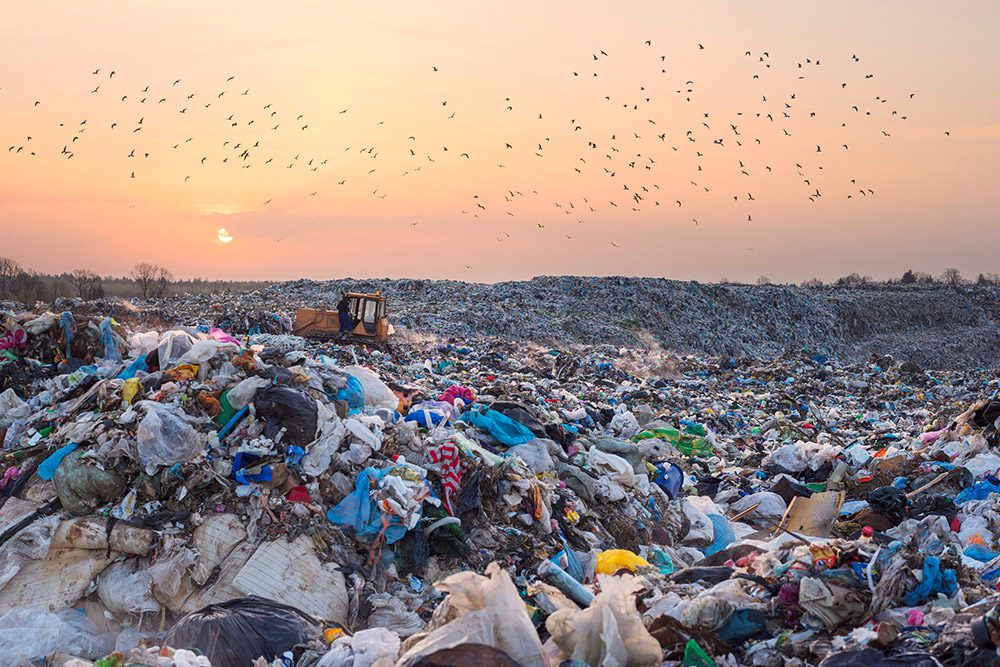Odor control is a crucial consideration for waste processing facilities across the country. In fact, a lack of comprehensive odor control poses a distinct liability for these essential facilities. Luckily, advances in technology have made it easier than ever for operators to quantify, understand, and mitigate problem odors. IIoT and Cloud-based technologies are shaping the future of commercial odor control.
Issues with commercial odor control and odor regulations
The subjective nature of odors makes them difficult to regulate and nearly impossible to quantify objectively. As GHD’s Kyle Muffels notes in a recent interview with Waste360:
“Most jurisdictions have some kind of general prohibition clauses–‘nobody shall cause an odor nuisance’–but these are open to subjective interpretation. Many jurisdictions also impose concentration limits on individual compounds, such as hydrogen sulfide, but they do not address the potential synergistic or masking effects of gas mixtures.”
The power of connected commercial odor control
Technological advances propel the evolution of odor control in the waste processing industry. And while strategies differ across different industry verticals—for example, best practices for a landfill will not be the same as best practices for a commercial composting facility—the through-line for all industries is a greater need for connectivity.
At Byers Scientific, we leverage the power of IIoT to put data and control at our customer’s fingertips. Our intelligent control technologies provide real-time data using a Cloud-based SCADA platform, allowing 24/7 remote monitoring and management.
Real-time remote monitoring and management capabilities empower operators to timely address, and often avoid, community complaints, safely combat odors, and meet compliance requirements for increasingly stringent local and federal regulations. You can do so anytime, from anywhere—no on-site supervision required.
Considering the complexity of contributing factors to solid waste odors—including temperature, humidity, wind, and elevation—real-time access and monitoring of not only control systems operation but also environmental factors is vital for proving compliance and addressing odor complaints from the community. In effect, data mitigates the subjective nature of many odor complaints by providing tangible reports and statistics.
Scalable solutions for every type of waste processing facility
No two waste processing facilities are alike, nor do they have the same needs when it comes to comprehensive odor mitigation. That’s why the future of commercial odor control must be both scalable and customizable.
The first step to odor neutralization is the discovery, identification, and measurement of the facility’s particular odor profile. This information helps determine the best odor mitigation approach and tools, which can include a combination of vapor-phase, molecular scrubbing, and atomization.
At Byers Scientific, we pride ourselves on providing both state-of-the-art technology and world-class service. We work with facility operators to design efficient, custom solutions that can evolve alongside the facility’s footprint. The result is an end-to-end solution that continues to solve odor problems and address client needs even as those change over time.
Learn more about how Byers Scientific empowers solutions
We’re excited to be at the forefront of technological advances in the odor mitigation industry. You can learn more about Byers Mitigation Technologies and Byers Intelligent Systems at our website or get in touch with our team to learn more about the future of odor mitigation.


